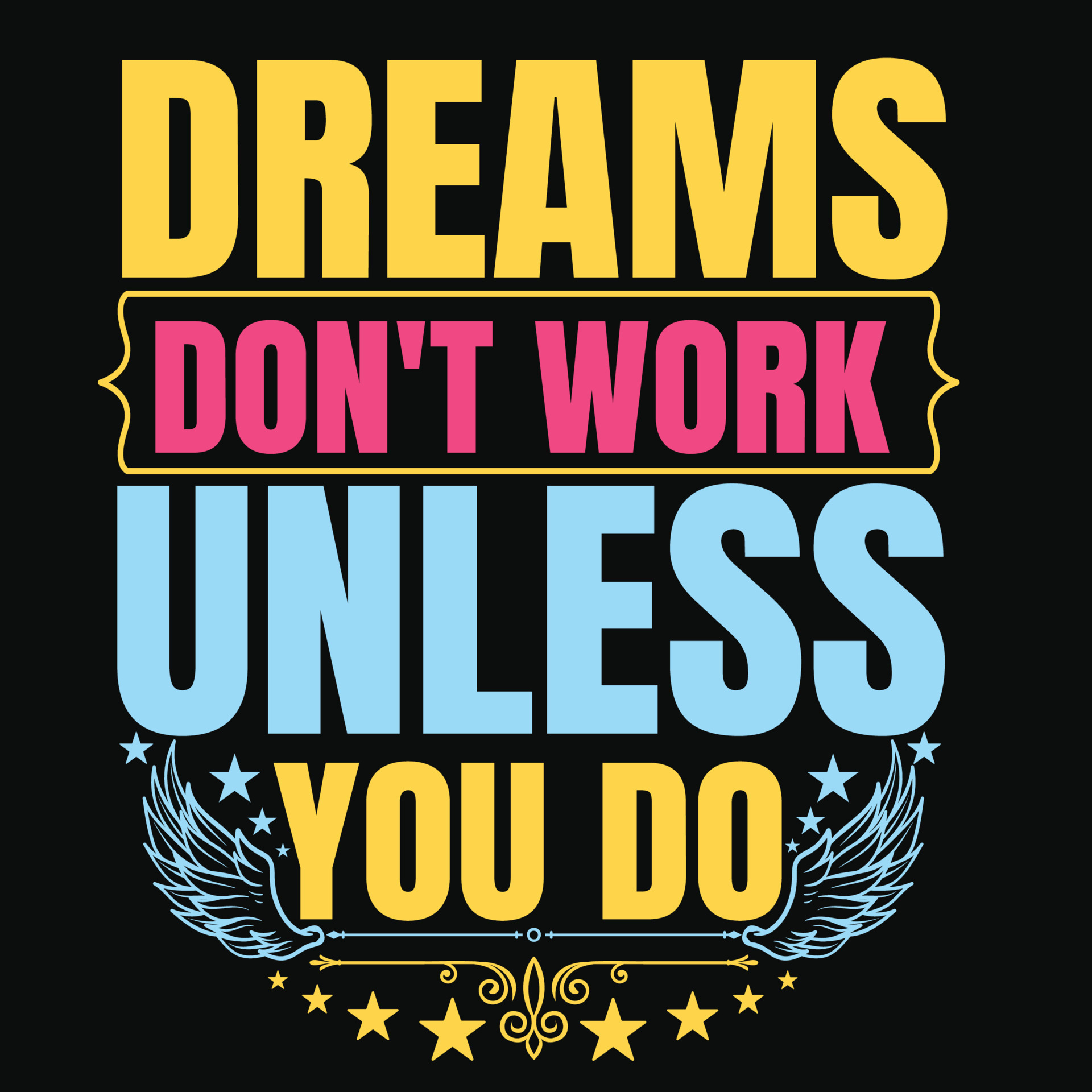
Dreams have mystified us throughout history. We spend around six years of our lives — 2,100 days — in the shadowy world of dreams. But because of their deeply personal nature, we know few facts about them. But examination of dreamers’ shared experiences has generated interesting theories as to the origin and meaning of dreams.
After we fall asleep, our mental and metabolic condition progresses through four stages. In the fourth stage, REM (rapid eye movement) sleep, our blood pressure, brain activity and heart rate increase. Voluntary muscles become paralyzed, and dreams begin to unfold.
It’s a fact that daily activities affect our dreams. When you suppress your feelings during the day, there’s a good chance they’ll show up in your dreams. For example, if you wanted to express anger, but chose not to do so, that anger may appear symbolically in your dreams.
A friend tells me that on the eve of a particularly difficult business negotiation, he will often have intense dreams during which he “rehearses” what he will say in the meeting. When he wakes up, the stress and anxiety that could have affected his performance and judgment are gone. He’s now ready to do it again — this time for real.
People share some dream themes. The website, dreams.ca, suggests that the top ten shared subjects are (in no particular order):
- being in an out-of-control car (is life maybe too hectic and out of control?);
- falling (am I feeling “unsupported” or worried?);
- arriving late or unprepared for an exam (am I lacking confidence, or feeling unprepared for an upcoming event?);
- being chased or attacked (is there a fearful aspect of my personality?);
- encountering a helpless baby or small animal (have I been attentive enough to myself?);
- drowning or experiencing huge waves (am I denying or feeling overwhelmed by my emotions?);
- being injured or dismembered (is there a part of my life I’ve been neglecting or forgetting?);
- being trapped (should I open myself up to new perspectives?);
- being naked in public (do I feel insecure or ashamed about something?), and,
- being stuck in slow motion, unable to move or make a sound (am I getting nowhere in some endeavor, and unable to voice my true feelings?).
Of course, these are open to speculation. We’re all different, and variations will be reflected in our own imaginations.
I like to refer to dreams as “day residue” where the mind seizes onto a particular trigger event encountered during our waking hours. It could be just a few words overheard in a restaurant, or some life-changing experience. The accompanying feelings are integrated into our memories, symbols, anxieties and perceptions, and then played back — rich in imagery. The feelings evoked by the trigger event are re-experienced as the dream unfolds.
You can sometimes figure out what that trigger event was. Try this: Immediately after waking up, apply what dream researchers call “associative logic.” In other words, because the dream connects to you by way of a specific feeling, you can match that feeling to some event (the trigger) that took place when you were awake. As you recollect the past day or so, a particular incident that generates the same feeling (you’ll know it when you feel it) is probably the one that triggered the dream.
Another interesting exercise is called lucid dreaming, where you realize you are dreaming and even manipulate the outcome. Some people actually develop the skill of continuing the dream without waking up. Though there’s certainly a lot of baloney out there, some products on the market (from CDs with rhythmic sounds to blinking sleep masks … I’m not endorsing ANYTHING, by the way…) might be fun to try. Imagine a little fantasy world where anything goes!
It’s important to remember that dreams are not real. They are nothing more than intricate fabrications of your psyche; healthy by-products of your complex, yet always mindful, self.
Follow Dr. Hurd on Facebook. Search under “Michael Hurd” (Charleston SC). Get up-to-the-minute postings, recommended articles and links, and engage in back-and-forth discussion with Dr. Hurd on topics of interest. Also follow Dr. Hurd on Twitter at @MichaelJHurd1, drmichaelhurd on Instagram, Michael Hurd Ph.D. on LinkedIn, @DrHurd on TruthSocial
